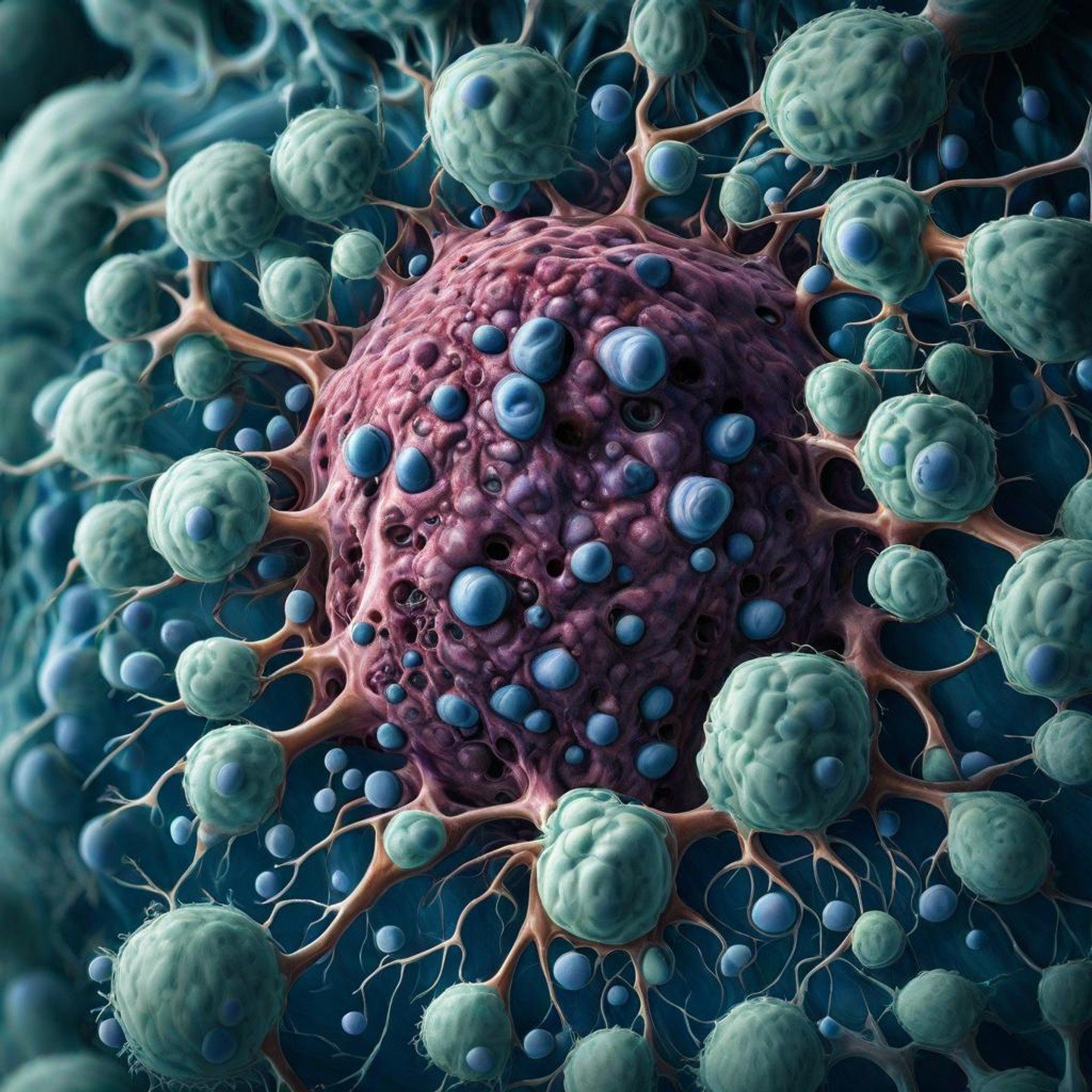Invasive lobular carcinoma (ILC) is the second most common type of breast cancer, accounting for roughly 10-15% of all diagnosed invasive breast cancers. While less frequent than its counterpart, invasive ductal carcinoma (IDC), ILC presents unique characteristics and considerations for women seeking accurate diagnosis and effective treatment. This blog post aims to empower women with knowledge about ILC, its specific features, treatment options, and the importance of early detection.
What is Invasive Lobular Carcinoma?
Unlike IDC, which originates in the milk ducts of the breast, ILC starts in the milk-producing lobules. These cancer cells tend to spread in single-file lines throughout the breast tissue, making them sometimes harder to detect on mammograms compared to IDC, which often forms distinct lumps. While this characteristic can lead to larger tumors at diagnosis, the good news is that ILC generally grows slower than IDC.
Symptoms of Invasive Lobular Carcinoma:
Early-stage ILC may not present any noticeable symptoms. However, as the cancer progresses, you might experience the following:
- A thickening or mass in the breast (can feel diffuse rather than a lump)
- Nipple retraction or inversion
- Dimpling or puckering of the breast skin
- Bloody nipple discharge
- Swelling of the lymph nodes under the arm
Diagnosis and Treatment:
Accurate diagnosis of ILC often requires additional tests beyond a mammogram, such as breast ultrasound, MRI, and core needle biopsy. Due to its unique growth pattern, ILC might require more extensive surgery, like a mastectomy, compared to lumpectomy for IDC. However, the specific treatment plan depends on various factors like tumor size, stage, hormone receptor status, and individual preferences. Common treatment options include surgery, radiation therapy, and hormonal therapy.
Staying Proactive:
While ILC can be concerning, remember that early detection significantly improves treatment outcomes. Regularly conducting self-breast exams, scheduling mammograms and other recommended screenings according to your age and risk factors, and communicating any breast changes to your doctor are crucial steps in staying proactive about your health.
Additional Resources:
- American Cancer Society: https://www.cancer.org/cancer/types/breast-cancer.html
- National Cancer Institute: https://www.cancer.gov/types/breast/hp
- Susan G. Komen: https://www.komen.org/
Empowering Yourself with Knowledge:
Understanding ILC and its characteristics is key to navigating the journey of diagnosis and treatment with confidence. Remember, you are not alone. Numerous resources and support groups are available to provide guidance and connect you with other women facing similar challenges. By staying informed, seeking professional guidance, and advocating for your health, you can empower yourself to navigate this journey with strength and resilience.
Disclaimer:
This blog post is for informational purposes only and should not be considered a substitute for professional medical advice. Please consult your doctor for personalized recommendations and guidance regarding your individual health concerns.




Leave a Comment